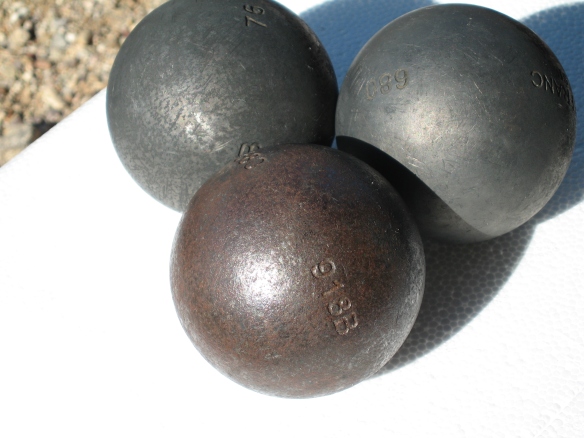If you’re trying to co-ordinate a group of petanque players, it can sometimes be handy to be able to send them text messages via email from your laptop or PC. Here’s how to do it.
The first thing you need to know is that, for the purposes of emailing a text message, each cell phone has an ordinary email address. The format of that address is
phoneNumber@carrierSMSgateway
The phoneNumber should be 10 digits. It should include the area code. It should include only numbers – no dashes or parentheses. So for a phone number of (333) 444-5555 the phoneNumber in the email address is 3334445555.
The carrierSMSgateway is the SMS (“Short Message Service”) gateway provided by the telephone carrier. If you know a telephone number, there are several free web sites that will let you look up the carrier of that number, and the carrier’s SMS gateway. One web site that I found easy to use was freecarrierlookup.com

In the image, you can see that the carrier for this particular number is Verizon Wireless, and Verizon’s SMS gateway is vtext.com. Very conveniently, freecarrierlookup.com provides the full SMS gateway address (5206644133@vtext.com) for the number that was looked up, so I can just copy-and-paste it into my email program.
When the recipient receives your text message, he will see your email address (the “Reply-to” email address that you provided when you sent your email message) in the place where he would normally see the caller’s telephone number. If the recipient replies to your text message, his reply will be sent to that email address.
But, a WARNING—
Email providers often regard email that is sent from a telephone number as coming from an unknown or suspect source. Some will flag such email as spam, so that the reply ends up in your email’s JUNK MAIL folder. Some will greylist the reply and delay it (this message was delayed for an hour).
X-Greylist delayed 3601 seconds by postgrey-1.34 at mail8.webfaction.com
Some email providers will silently and completely filter out the reply— you receive no reply and no indication whatsoever that the recipient replied to your message. So, at least until you’ve experimented and determined otherwise, don’t assume that replies to your text message will get through to you.
When the recipient receives your text message, he will receive a text message consisting of the SUBJECT line of your email message (in parentheses) followed by the text of the message. You can use a very short subject line. When I send a text message with a question, I like to make the subject line just a question mark, so the recipient gets a text message that starts with “(?)”.
Keep your messages (including the SUBJECT line) short. Try to keep the whole thing to less than 160 characters. If your message is longer than 160 characters, your message will be broken down into chunks of 153 characters, and each chunk will be sent as a separate text message. Some carriers are smart enough to re-assemble the short chunks into one long text message, but most are not.
If you’d like to review your message before sending it to others, send it to your own phone. Then, if it looks good, you can send it to the real recipients.
Note that this information only applies to telephone numbers with US and Canada area codes. That is: numbers with country code = 1. You can send text messages to foreign countries, too. When dialing, you first specify your country’s “exit code” to get onto the international exchange, then you specify the recipient’s country code and his telephone number. For international dialing, one source that I found to be useful was www.howtocallabroad.com. It will tell you, for instance, that the exit code for the USA is 011.

 Many of the sets of two boules that you see on eBay and Etsy are old, some of them dating as far back as the 1930s. But Obut continued selling two-boule sets right up to 2012, so some of the sets may actually be quite new. The DOG leisure boules that Obut sold after World War II, for instance, were sold in pairs.
Many of the sets of two boules that you see on eBay and Etsy are old, some of them dating as far back as the 1930s. But Obut continued selling two-boule sets right up to 2012, so some of the sets may actually be quite new. The DOG leisure boules that Obut sold after World War II, for instance, were sold in pairs.

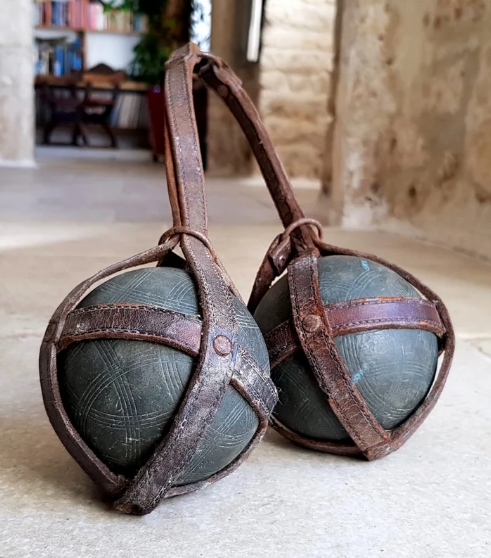



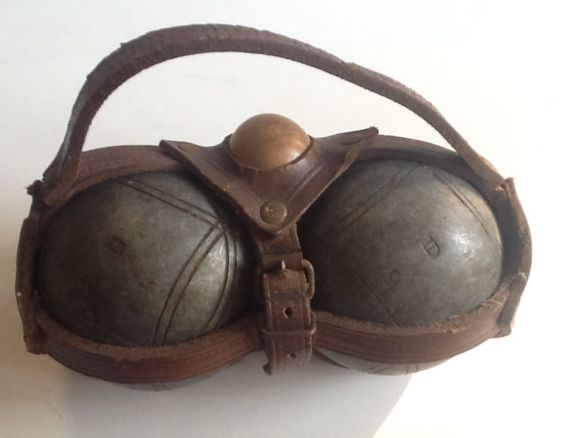

 For those players, for the last decade the only decent English-language book on petanque has been Byron Putman’s 2011 book
For those players, for the last decade the only decent English-language book on petanque has been Byron Putman’s 2011 book  But now (as of April 20, 2022) we have something that more precisely meets the needs of new players. It is
But now (as of April 20, 2022) we have something that more precisely meets the needs of new players. It is 

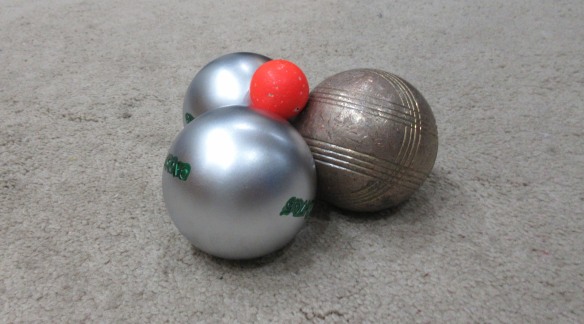


 The most popular type of circulaire was made from the tip of the horn of the
The most popular type of circulaire was made from the tip of the horn of the 






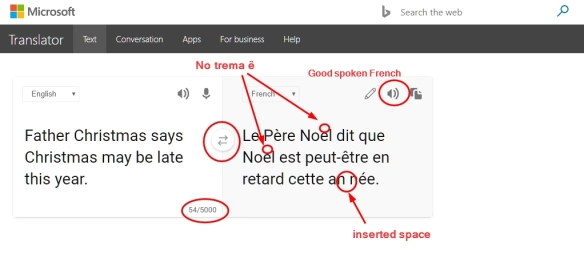
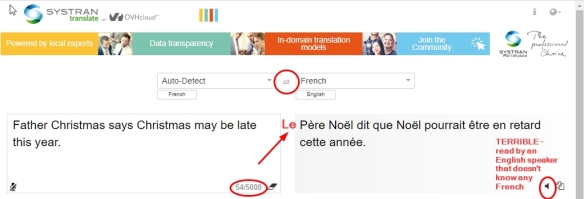
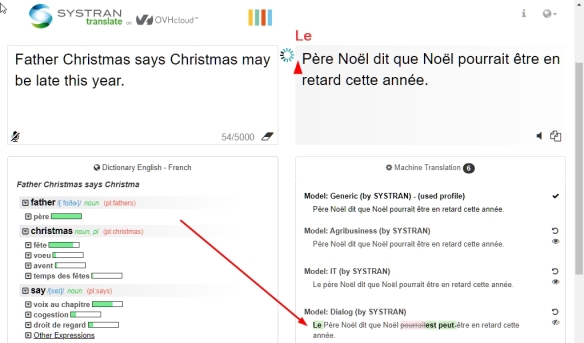
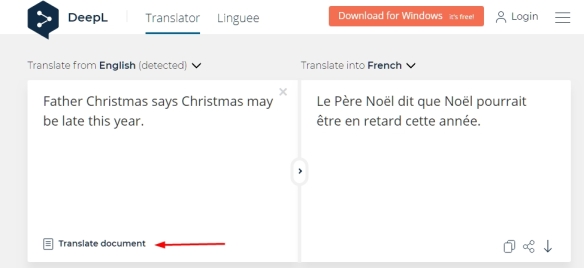
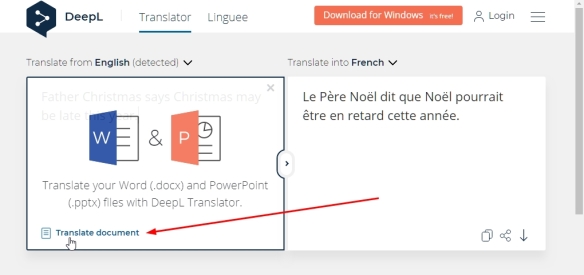




 01: You may tell your wife to go to hell, but thou shalt finish the game first.
01: You may tell your wife to go to hell, but thou shalt finish the game first.



